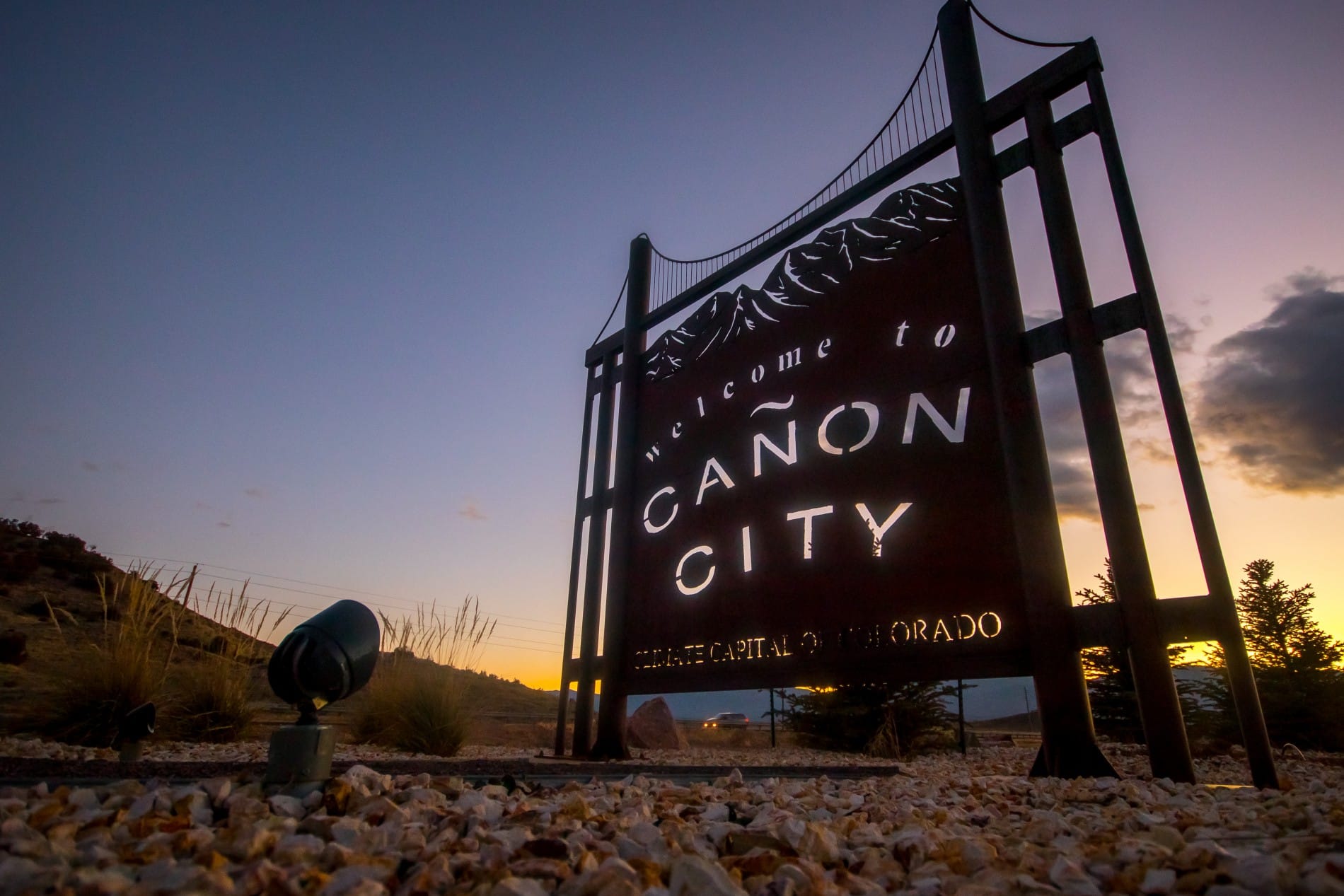What’s in a Name?
Whether you’re a life-long Coloradan or a first-time visitor, you may have noticed the Centennial State has quite a few counties, cities, towns, and landmarks with Spanish names. This is no coincidence. While Colorado has been home to many ethnic populations—Native Americans (the first, going back more than 10,000 years) French, Germans, Irish, and others—the first and largest non-native group was the Hispanics.
In fact, it was the Spanish expeditions of the 1500s that drew the first maps of the state and named significant locations while following Native American trails in search of, among other things, gold.
The railroads in the 1870s added to this naming trend. The Denver & Río Grande Railroad, in particular, wanted to reach Mexico and the Gulf Coast across the Río Grande (big river), so it included the river in its name to appeal to its continental aspirations. It also established towns such as Alamosa (cottonwood), Antonito (little Anthony), and Salida (exit).
Though Colorado has always had a substantial Hispanic population, in the state’s early days there was not a lot of socialization between Anglos and Hispanics. Not surprisingly, “Anglicized” pronunciations of Spanish place names became common–and many persist today.
For example, Buena Vista is pronounced “BEW-na VIS-ta” and Cañon (Spanish for canyon) City is pronounced Canyon City. For that matter, Cañon City is almost always just referred to as “Cañon.” At one point in history, many of the state’s prison facilities were located around Cañon City, and for most Coloradans, “getting sent to Cañon for a while” was not a positive thing.
And what about that tilde? In 1994, the United States Board on Geographic Names approved adding the tilde to the official name of Cañon City, a change from Canon City as the official name in its decisions of 1906 and 1975. It is one of the few U.S. cities to have an Ñ in its name, others being La Cañada Flintridge, California; Española, New Mexico; Peñasco, New Mexico; and Cañones, New Mexico.
